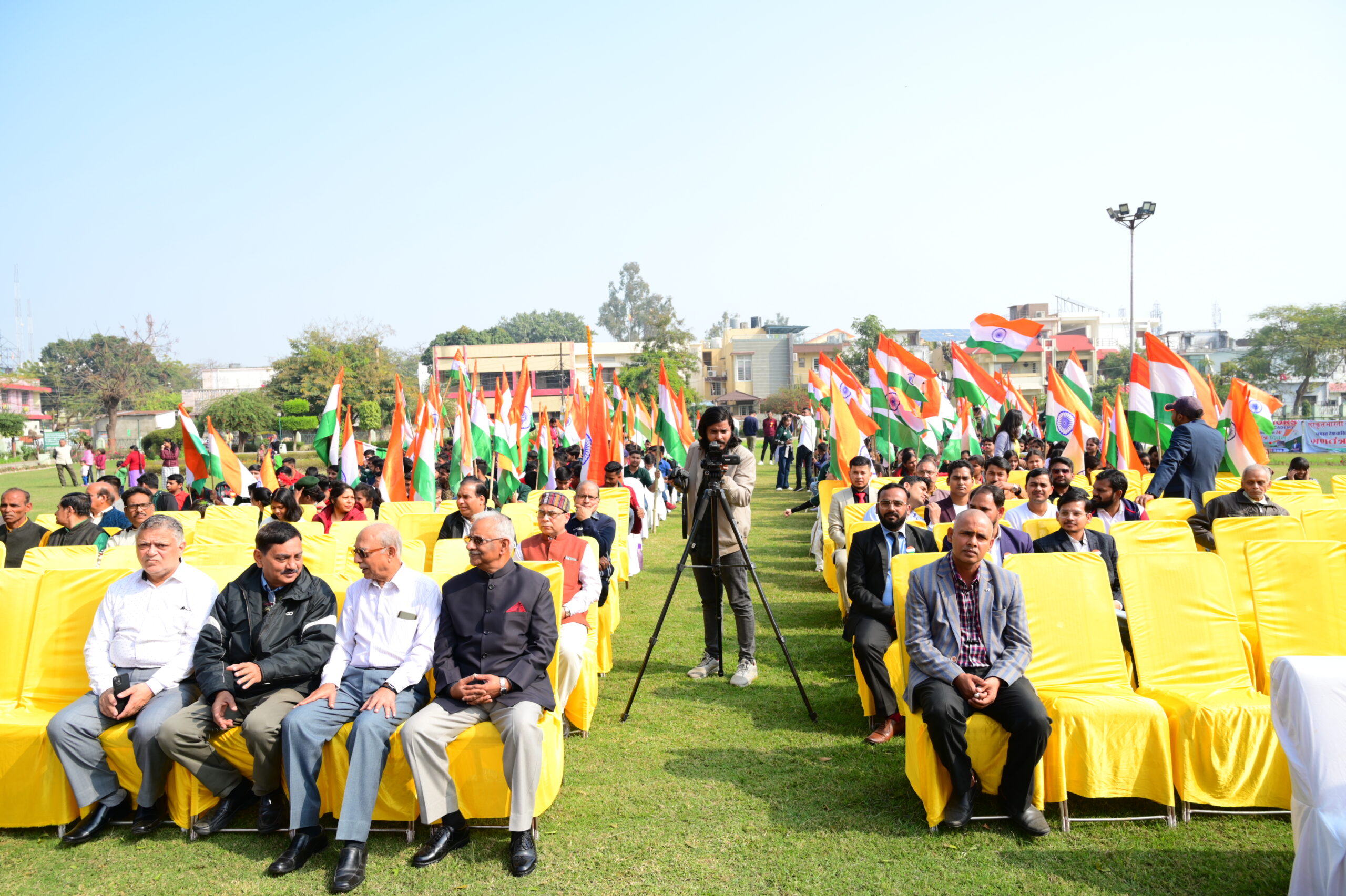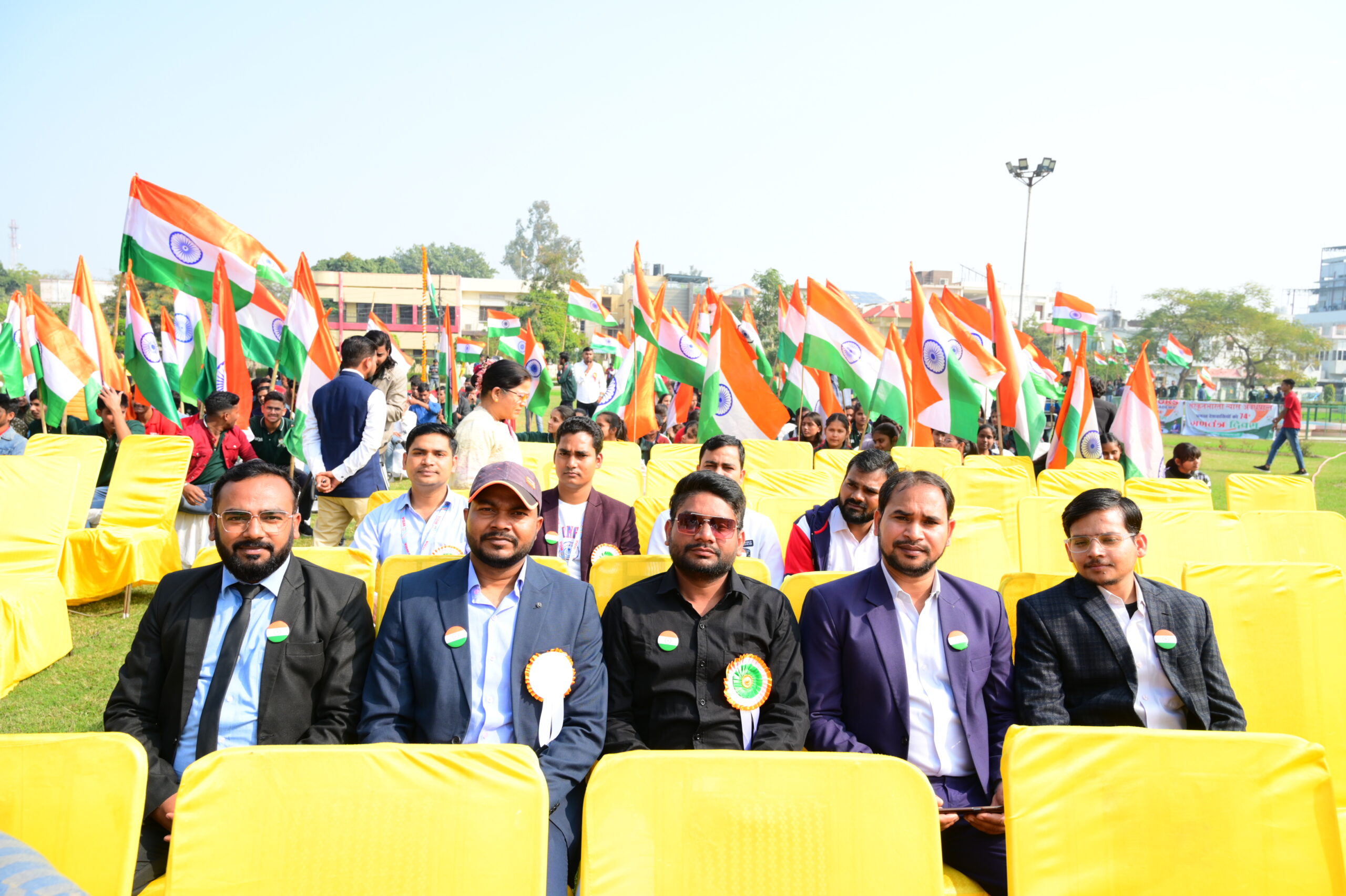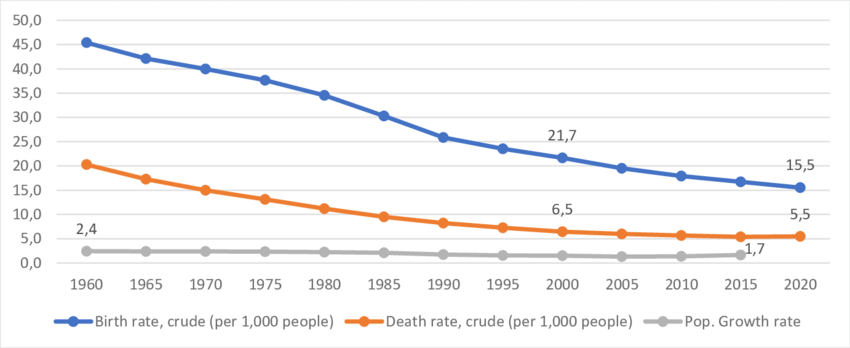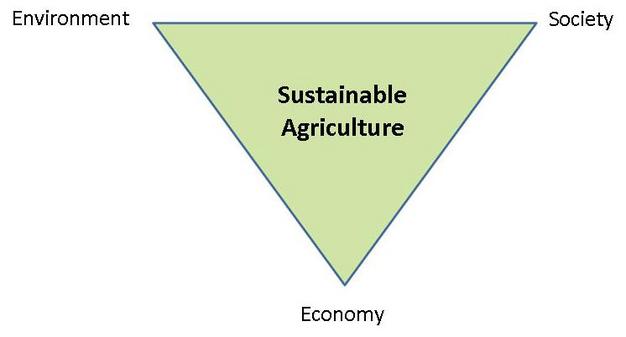Top NDA Coaching in UP
Top NDA Coaching in UP: We offer excellent preparatory training for the entrance examinations to get into the Indian armed forces.
Since our inception 7 years ago, under the captaincy of one of India’s leading youngest entrepreneurs – Mr. Gulab Singh. Hundreds of our candidates have been selected and many of whom have attained top ranks in final UPSC merit. #Top NDA Coaching in UP
- The institute has highly qualified and reputed team instructors each fully devoted to providing unparalleled education for NDA/CDS/SSB/AFCAT/CAPF.
- The task of teaching transcends the classrooms so as to guide the students to realize their highest potential, and to encourage them to optimize the results.
- Involvement and excellence in extracurricular activities like SSB guidance, personality development, debates, team games, lecture, etc feature in the training.
- Our aim at the academy is to make the students imbibe discipline and groom moral and ethical values. Come, be a part of this success story, and fulfil your desire for joining the reputed Indian Armed forces and serving the nation. #Top NDA Coaching in UP
Best NDA Academy in Lucknow | Join WDA Lucknow – Warriors Defence Academy deeply appreciative and offer you our most grateful welcome. We are happy to announce that Ex. GTO Officer Colonel R. K. Tiwari Sir going to Join our Academy to Guide NDA and CDS aspirants For SSB. WDA is the Best NDA and SSB Coaching in Lucknow India.
Warriors Defence Academy is the Best NDA Coaching in Lucknow. We are the Leading Coaching Institute for NDA/CDS/AFCAT/Army/Air Force/Navy Located in Lucknow. Warriors Defence Academy has the Largest GTO Ground in India. The Aspirants of Defence Services are guided by Ex. Defence Officers. WDA was also Awarded as Best NDA Academy in Lucknow.
Address: 545-GA/1-CHHA, Chandganj Garden Road, beside Madhuwan Guest house, near Railway crossing, Kapoorthla, Bara Chandganj, Chandralok, Lucknow, Uttar Pradesh 226006
Call Now: 07081011964





China Population Declines: How India’s situation is Different
By Prashant Sir WDA
CHINA’s POPULATION, according to its National Bureau of Statistics, fell to 1,411.8 million in 2022 from 1,412.6 million in the previous year.
An absolute decline in population is a landmark event – for a country that is soon set to be surpassed, if it has not already, by India as home to the most number of people. India has not conducted an official headcount Census since 2011. But going by United Nations projections, India’s population stood at 1,417.2 million in 2022 (more than China’s) – and is expected to reach 1,428.6 million in 2023. #Top NDA Coaching in UP
The potential implications, especially economic, of China’s shrinking population and Idina’s surging ahead, are huge. But the first question to ask is: what has been behind these shifts? There are two primary drivers of population changes.
Mortality and fertility
A country’s population increases with a reduction in mortality or a relative number of deaths. The population growth slow – and may even go into reverse as it has now for China – with declining fertility rates. #Top NDA Coaching in UP
Mortality falls with increased education levels, public health and vaccination programmes, access to food and medical care, and provision of safe drinking water and sanitation facilities. The crude death rate (CDR) – the number of persons dying per year per 1,000 population – was 23.2 for China and 22.2 for India in 1950. It fell to single digits for China first in 1974 (to 9.5) and for India in 1994 (9.8), and further to 7.3-7.4 for both in 2020.
Another mortality indicator is life expectancy at birth. Between 1950 and 2020, it went up from 43.7 to 78.1 years for China and from 41.7 to 70.1 years for India.
The total fertility rate (TFR) – the number of babies an average woman bears over her lifetime – was as high as 5.8 for China and 5.7 for India in 1950. The TFR has fallen sharply for India in the past three decades. Between 1992-93 and 2019-21, it came down from 3.4 to 2; the fall was especially significant in the rural areas.
A TFR of 2.1 is considered “replacement-level fertility”. Simply understood, a woman having two children replaces herself and her partner with two new lives. Since all infants may not survive, the replacement TFR is taken at slightly above two. #Top NDA Coaching in UP
The next question then is: If India’s TFR is already below-replacement, why is its population still increasing? And how has China finally shrunk?
Sustained lows necessary
The TFR is the average number of births by women aged 15-49 based on surveys for a particular period/year. Populations can keep growing even with TFRs falling. Degrowth requires TFRs to remain below replacement levels for extended periods. The effects of that – fewer children today becoming parents tomorrow and procreating just as much or less – may reflect only after a couple of generations.
China’s TFR dipped below replacement first in 1991, which was almost 30 years before India’s. Recall that the CDR decline below 10, too, happened two decades earlier for China. Not surprising. China’s population more than doubled from 544 million in 1950 to 1.1 billion in 1987 and peaked in 2021. It took over 30 years for below-replacement fertility rates to translate into negative population growth. #Top NDA Coaching in UP
Why China faces a crisis
China’s TFR, according to its 2020 Census, was 1.3 births per woman – marginally up from the 1.2 in the 2010 and 2000 censuses, but way below the replacement rate of 2.1. China officially ended its one-child policy, introduced in 1980, in 2016. But that’s unlikely to stem the decline in the country’s population, which the UN has projected at 1,312.6 billion in 2050, a near 100 million drop from the 2021 peak.
The real crisis for China, however, is the decline in its population that is of prime working age. If there is a large population that’s able to work and earn, not only will there be relatively fewer people to support – those too old or too young – but also greater tax revenues and savings potential from the generation of incomes? As these are directed to finance investments, a virtuous cycle of growth is unleashed – as indeed happened in China. #Top NDA Coaching in UP
But that cycle has started to reverse, and the share of China’s working-age population is projected to fall below 50% by 2045.
An opportunity for India
India has just begun seeing fertility rates fall to replacement levels, including in rural areas. The latter has to do with the spread of education – and, perhaps, also farm mechanisation and fragmentation of landholdings. Reduced labour requirements in agricultural operations and smaller holdings make it much less necessary to have large families working the land. #Top NDA Coaching in UP
But even with fertility rate declines, India’s population is projected to de-grow only after touching 1.7 billion about 40 years from now. More important is the working-age population: its share in the overall population crossed 50% only in 2007, and will peak at 57% towards the mid-2030s. Overall then, India has a window of opportunity well into the 2040s for reaping its “demographic dividend”, as China did from the late 1980s until 2015. However, this is entirely contingent upon the creation of meaningful employment opportunities for a young population – in the absence of which, the demographic dividend can well turn into a demographic nightmare. #Top NDA Coaching in UP




